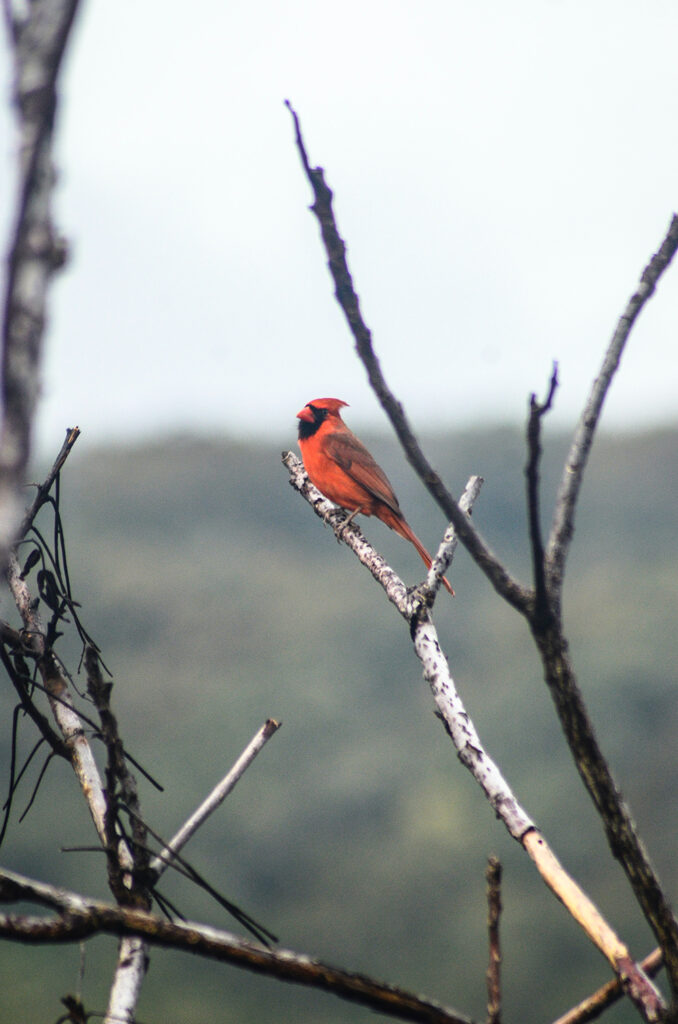
It’s the early 5th century in the Common Era and humans have just arrived in Hawaii. They’re the first walking land mammals to set foot on the islands, as previously the only other mammal to show up had been the Hawaiian Hoary Bat. There were few to no reptiles or amphibians either. What they found were a ton of birds in every shape and size.
Around 1600 years ago birds had been the largest animals to arrive in the Hawaiian archipelago before humans. A fresh land isolated by thousands of miles in all directions from the rest of the world and 2 million years time had allowed the avians to embark on new evolutionary pathways. Having no land predators or competition of any kind, the birds took over and filled every niche possible. A single colonizing species evolved into more than 50 distinct species of Honeycreeper, now found spread throughout the island chain.
An ancestor to the Canadian Goose arrived in the archipelago around 500,000 years ago. When it arrived it found vast grasslands that had been carved out by the glaciers that had previously straddled both Mauna Kea and Mauna Loa. Yes, Big Island did have glaciers at one point, with the last one being as recent as 15,000 years ago. Evidence of three glaciation periods have long since been covered by numerous lava flows on Mauna Loa, but it’s still apparent on the much older, less active Mauna Kea. These glaciers carved out much of the pastureland that still remains today, and when the geese arrived, they found an unfilled niche with plenty of space to grow.
On most major land masses the largest animals are grazers – animals that eat grass. The Hawaiian geese found no competition for this grass and so grew immensely in size. At the time of Polynesian settlement in Hawaii the largest terrestrial animals on the islands would have been the Giant Hawaiian Geese found on Big Island, which stood up to 6 feet in height and had lost the ability to fly. They were huge, and roamed the central grasslands of the big island for several hundred thousand years.
About 1200 years ago the Polynesians arrived on the island and found these large birds that were easy to catch and would feed many people. It’s estimated that the flightless geese were hunted to extinction in just a few years, but for a brief time there was a place on this planet where a person could wake up in the morning and say “You know what? I think I want to go ride a goose today.”
And he totally could have.
